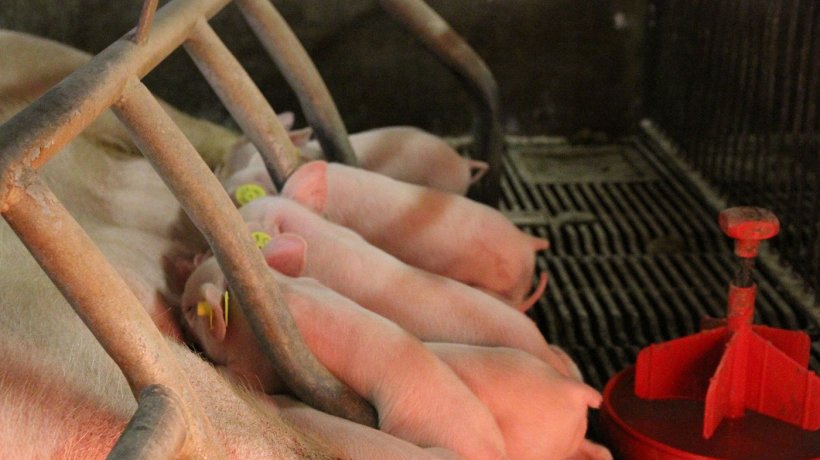The parameter commonly accepted as the main indicator of sow farm productivity is the number of weaned piglets per productive sow per year (WSY), and farms are usually compared based on this parameter. However, WSY can vary without changes in the farm's main indicators of productive efficiency, which can lead to comments such as:
— Dear me! just when I’m shutting down the farm, it is producing at its best!!

— I am increasing the sow census and the farm is producing worse than before. If I had known I wouldn´t have gone larger!!
In both cases (and in similar ones), the difference comes from a herd size change of the farm, that is to say, a change in the average number of productive females in the farm. A simple example is shown below that will help us understand this. Imagine a farm of 500 sows, with 2.4 weaned litters/sow/year and 12 weaned piglets/sow. The farm will have an approximate 100 farrowings per month, and approximately 1200 weaned piglets per month. If we want to know its monthly WSY, we calculate it as follows:
(1200 weaned piglets/500 sows) × 12 months = 28,8 WSY
We obtain the same result multiplying 2.4 weaned litters/sow/year × 12 weaned piglets
Imagine that, the following month, the farm increases its herd size by 100 sows. That month, the farm will continue to have the same 100 weaned litters, but its herd size has increased by 100 sows. If we calculate its WSY for this new month:
(1200 weaned piglets/600 sows) × 12 months = 24 WSY
Is the farm productivity worse that month?
No, its productive efficiency remains the same (same farrowing rate, same number of weaned piglets per sow) but the farm has added sows which have yet to yield a performance in the form of weaned piglets. The situation will not stabilize until these "extra" sows wean their litters, ie, there is a gap of approximately 5 months between the entry of sows into production and their actual production in the form of weaned piglets.
This is why the WSYs are lower than expected on farms that are increasing sow numbers (or starting up), and higher than expected on farms that are reducing herd size (or closing down).
If this effect of herd size variations on the WSY is not taken into account, the wrong conclusions can be drawn about the productive efficiency of a farm. The following table shows those WSY variations according to herd size variations.
Table 1- Effect of census variations on farrowings/sow/year and weaned piglets/ sow/year.
| Herd Size | Stable at 500 | Increasing 50 | Increasing 100 | Reducing 50 | Reducing 100 |
| Weaned piglets/sow | 12 | 12 | 12 | 12 | 12 |
| Farrowings/sow/year | 2.4 | 2.18 | 2 | 2.67 | 3 |
| Weaned piglets/sow/year | 28.8 | 26.2 | 24 | 32 | 36 |
One way of minimizing this effect would be, for a period, to divide the number of weaned piglets on that specific period by the average number of sows, not from that period, but from the period in which those sows being currently weaned were actually mated, that is, approximately 4,5-5 months earlier. However, since this period is variable between farms, and even within a single farm, this formula is not usually used.
For the same reason, the parameter "farrowings per sow per year" (FSY) has variations due to changes in herd size, as table 1 shows. In this case, there is an alternative parameter that can be an indicator of the level of production intensity at gestation, and that is not affected by changes in herd size. This parameter is what in the US is known as Farrowing Index (it is the parameter used by the USA NPPC —National Pork Producers Council). The formula to calculate the Farrowing Index is as follows:

Farrowing Index = 365/ average farrowing interval for the sows that farrowed in that period of time
Since the herd size is not used in the formula, this indicator is not affected by herd size changes, but only by changes in productive efficiency during gestation (for example, more returns) or by variations in the duration of lactation or the weaning-1st service interval. Therefore, it is a more reliable indicator of the pace and productive efficiency of a farm.
This article is an example of how important it is to properly understand the key production indexes used to assess farm performance and how they are calculated, to know the exact real situation of the farm.




